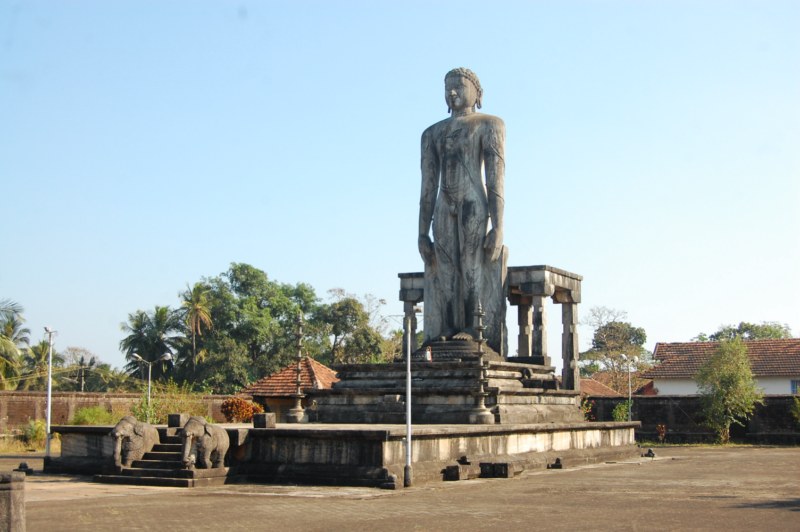Jain Temples and Statue of Gommatesvara of Venur
Venur (vēṇūru), the centre of pilgrimage in Belthaṅgaḍi taluq, is nearly 25 km south-east of Mudubidire (Mudbidri). This place is referred to in early inscriptions as Ēnūru. It was the capital of the Ajila kings who ruled a small part of Tulu-nadu from A.D. 1154 to 1764. During this period, Jainism got a boosting from these rulers.
The greatest attraction of this place is a colossal statue of Gommatesvara (gommaṭēśvara), some 10.2 m high. It was erected in A.D. 1604 by Timma-raya (timma-rāya) of Ajila dynasty. When the king of Karkala came to know of this, he was furious, being afraid that the uniqueness of his city will be lost, if another Gommatesvara comes to existence. So he waged a war with the Ajila king but could not prevail over him. Again, after 30 years, the then-queen of Venuru, Madhu-karikā Rāni, wanted to perform the mahā-mastakābhiṣēka ceremony for the Gommatesvara, to which the king of Karkala objected. But the queen had reconciliation with him, surrendering to him a village of hers and thus succeeded in performing the ceremony.
The Pārśvanātha temple is attached to the office of the Jaina organization, which looks after the affairs of pilgrimage in Venur. In the quadrangle of the temple which is raised from the road outside the wall, the colossal statue has been erected. When one enters the gate of the wall that surrounds the complex, each on the left and right, there may be seen a small temple. Of them, the one on the left is called Binnāṇi-basadi and the other, on the right, is known as Akkaṅgaḷa-basadi. Akkaṅgaḷ, in Kannada, means elder sisters. This temple was constructed by the sisters of King Timma-raya.
Other temples are the Pārśvanātha temple, Śāntinātha temple (also known as Kallu-basadi, as it is made of stone), Vardhamāna temple, Tīrthaṅkara temple and Ṛṣabhanātha temple. Of these, Śāntinātha basadi is the biggest. In Tīrthaṅkara basadi, there are the icons of 24 Tīrthaṅkaras. According to an inscription found here, this temple got constructed by Queen Madhurika, in A.D. 1621.
Kurt Titze, in his book Jainism. A Pictorial Guide to the Religion of Non-Violence (Delhi: Motilal Banarsidass Publishers, 1998: p. 48) writes about Venur:
“Due to some rivalry between the northern and southern Bhattarakas of this area at the beginning of the seventeenth century, a third Bahubali of colossal size came to be erected at Venur, a then and still small village twenty-five kilometres east of Moodabidri.
According to inscriptions, the ten and a half metre high statue was consecrated in March 1604. By that time Indian sculptural art had lost much of its vigour and grandeur. Still, the Bahubali of Venur has the distinction of having dimpled cheeks and a hooked nose, facial marks which are not unknown among the inhabitants of this region.
Close to the low hill with the tall statue on the top there is a temple dedicated to Shantinatha.”
Impressions from the Jain Temples of Venur
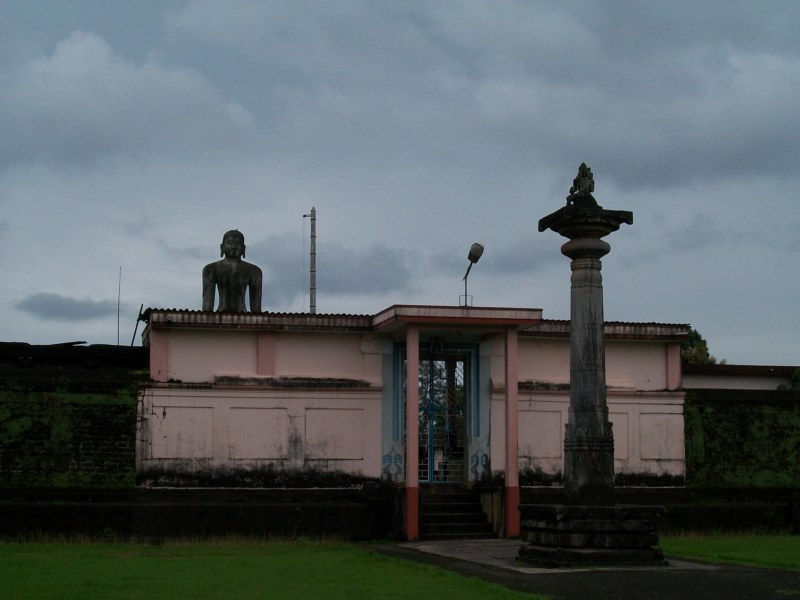
Entrance to Pārśvanātha-temple with colossal statue of Gommatesvara
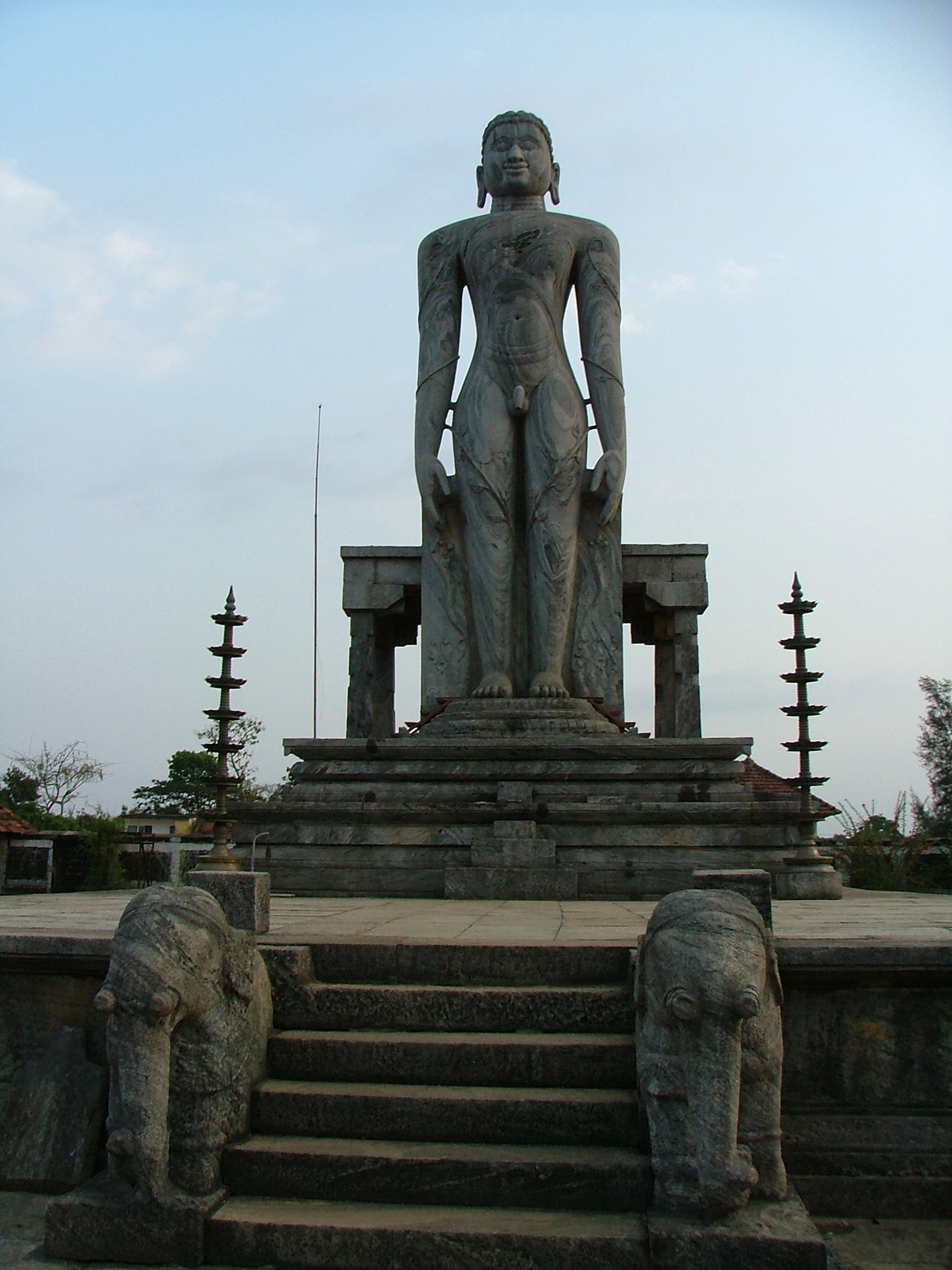
Colossal statue of Gommatesvara
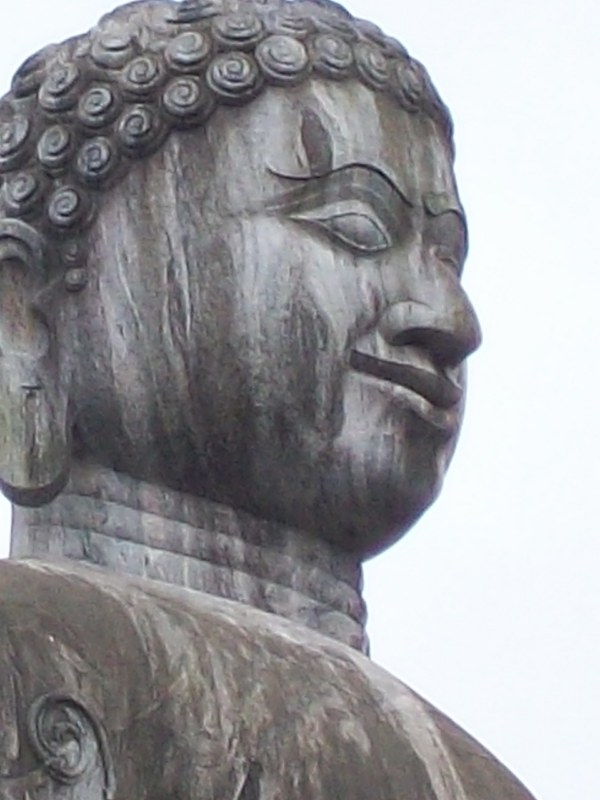
Head of the Gommatesvara statue
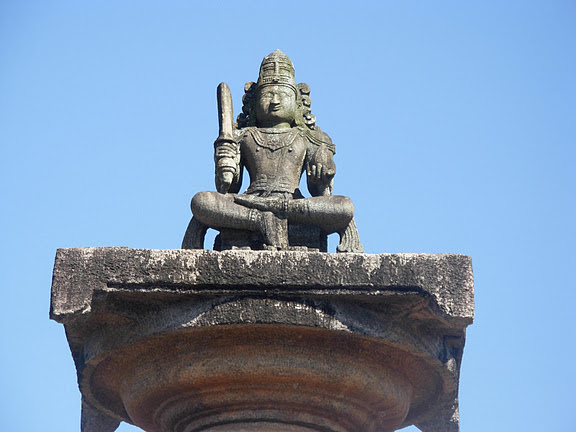
Image of Brahmadeva on the top of the Mānastambha (Brahmastambha) in front of Pārśvanātha-temple
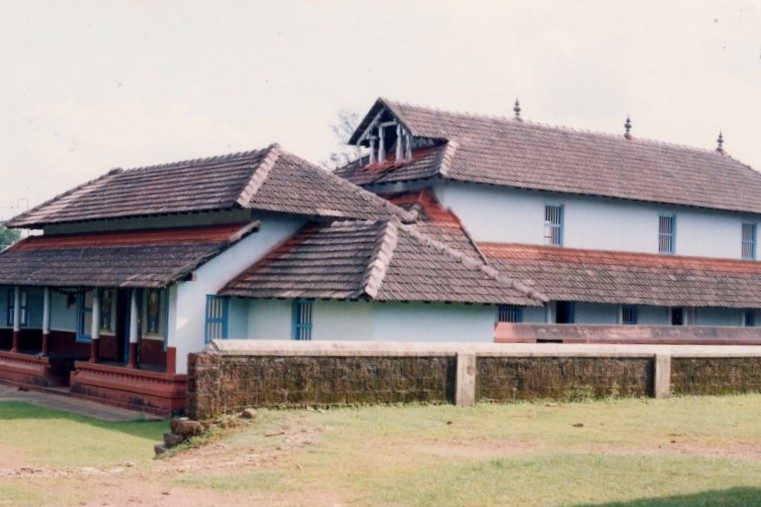
Pārśvanātha-basadi
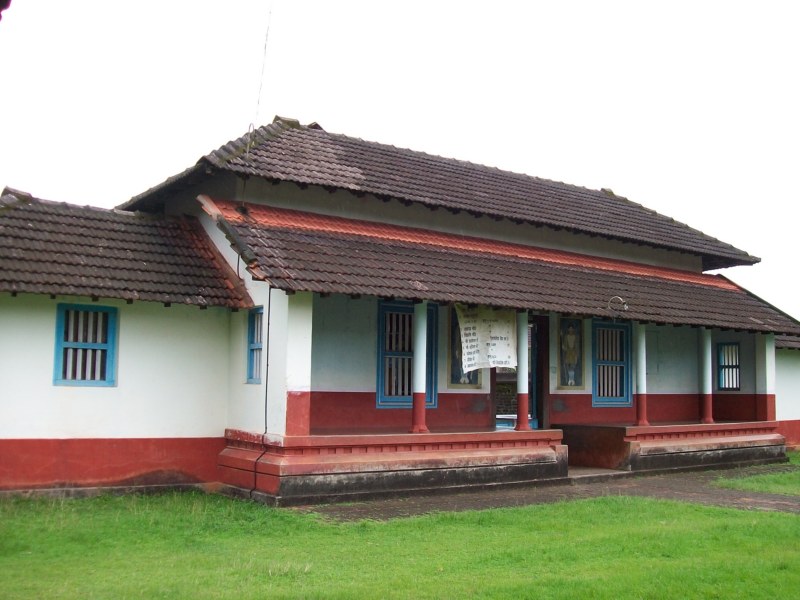
Pārśvanātha-basadi
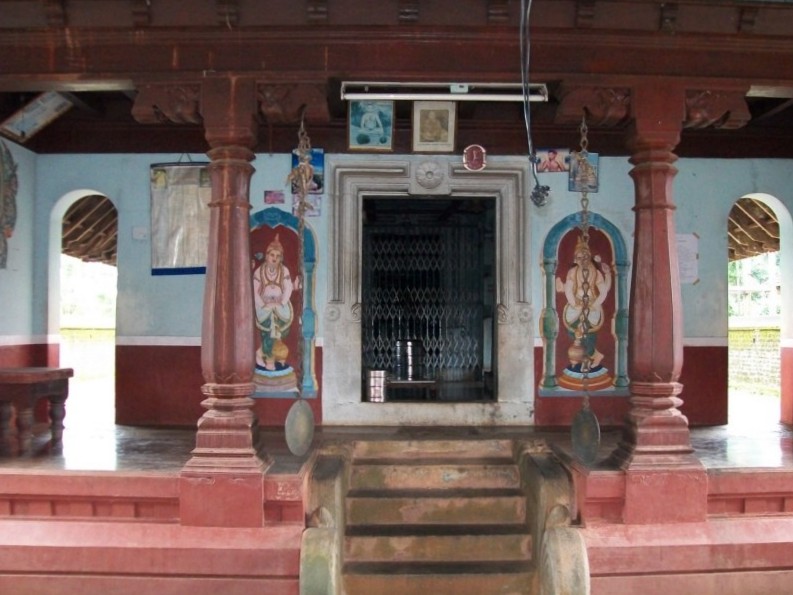
Entrance of Pārśvanātha-basadi
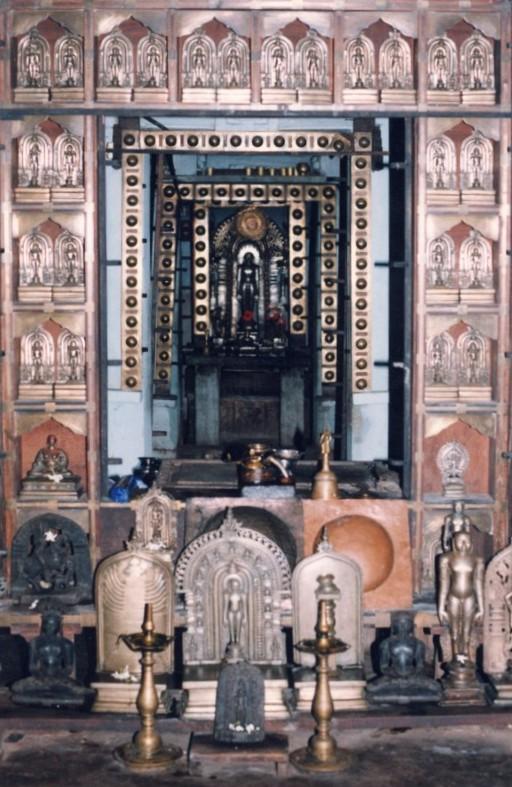
Sanctum of Pārśvanātha-basadi
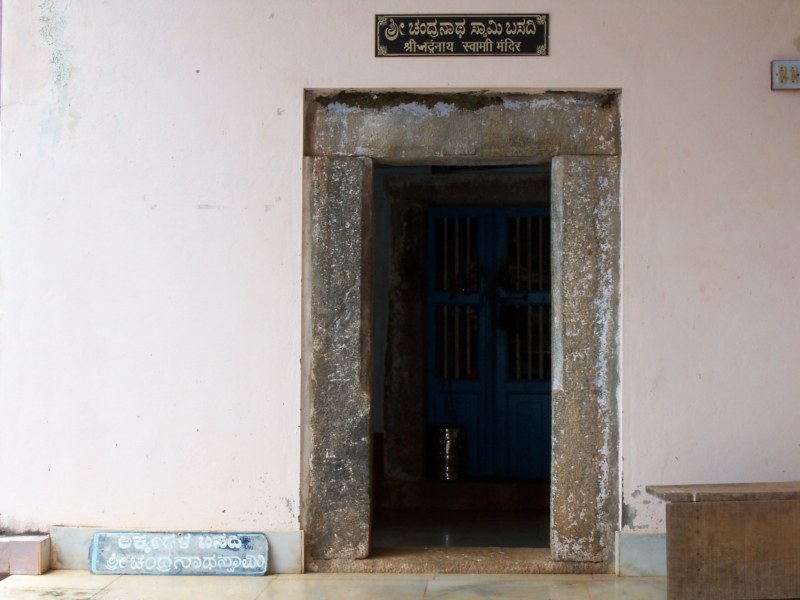
Entrance of Chandranatha-basadi
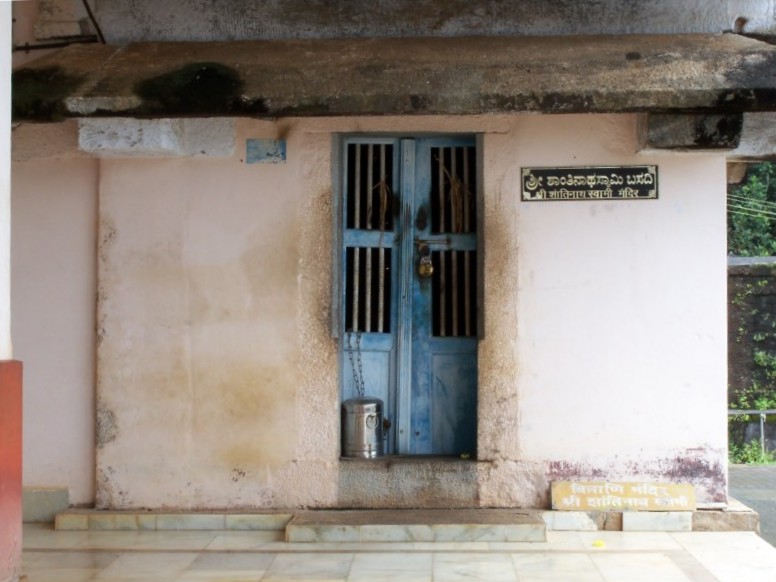
Entrance of Śāntinātha-basadi
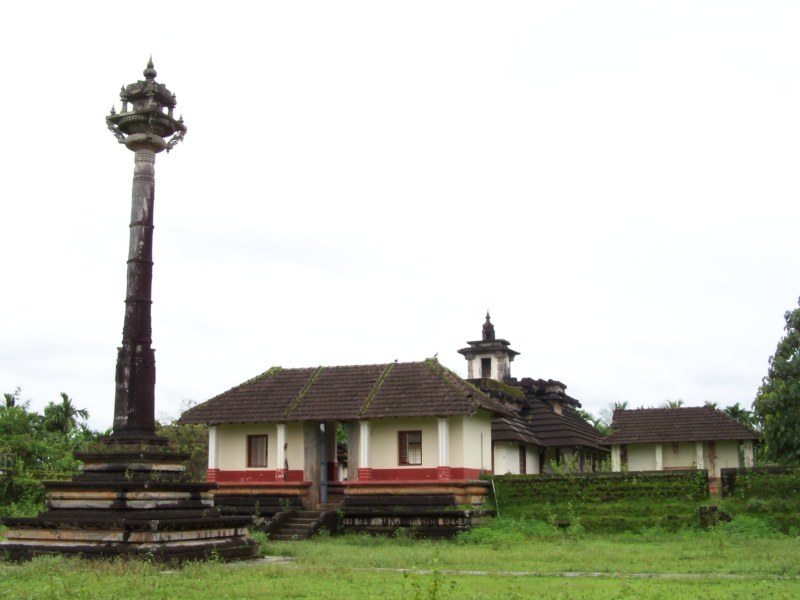
Kallu-basadi complex with Mānastambha
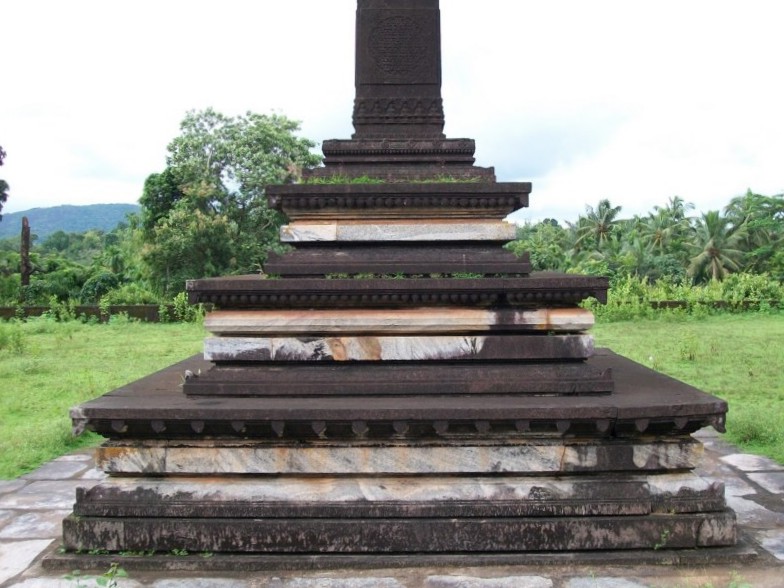
Pedestal of Mānastambha (Kallu-basadi)
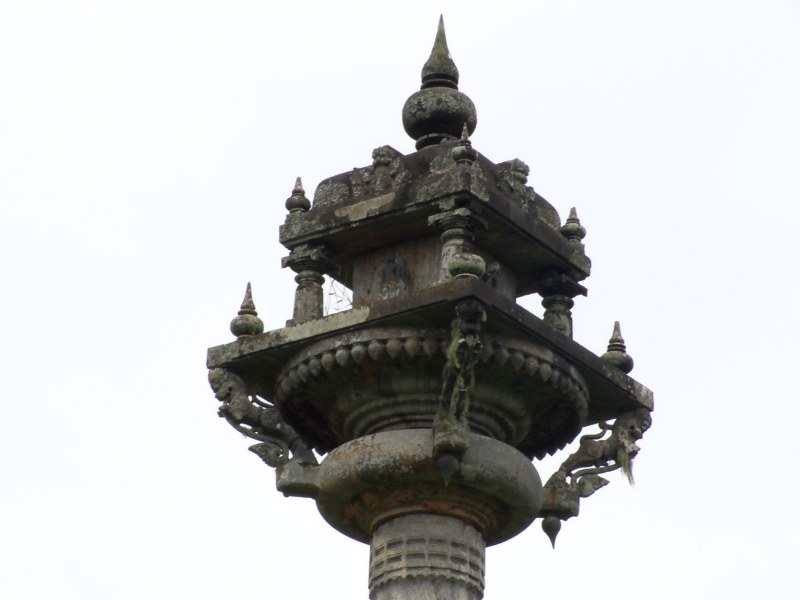
Top of Mānastambha (Kallu-basadi)
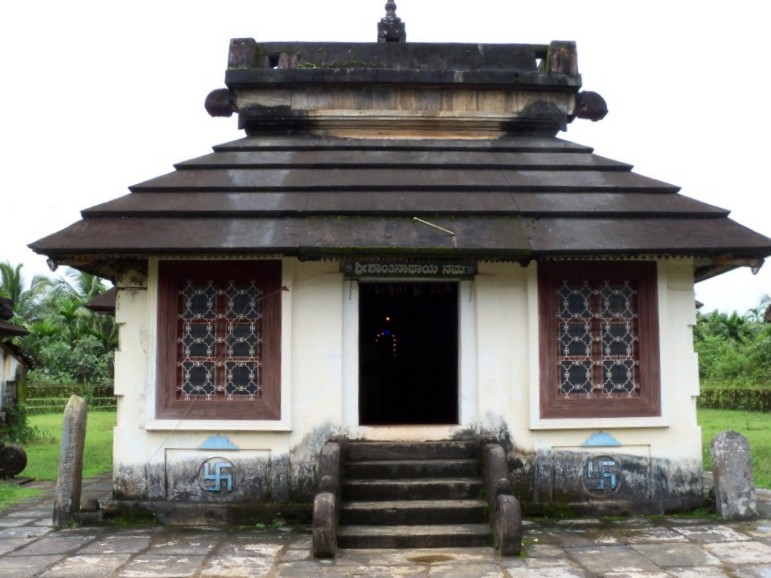
Front of Śāntinātha-temple of Kallu-basadi complex
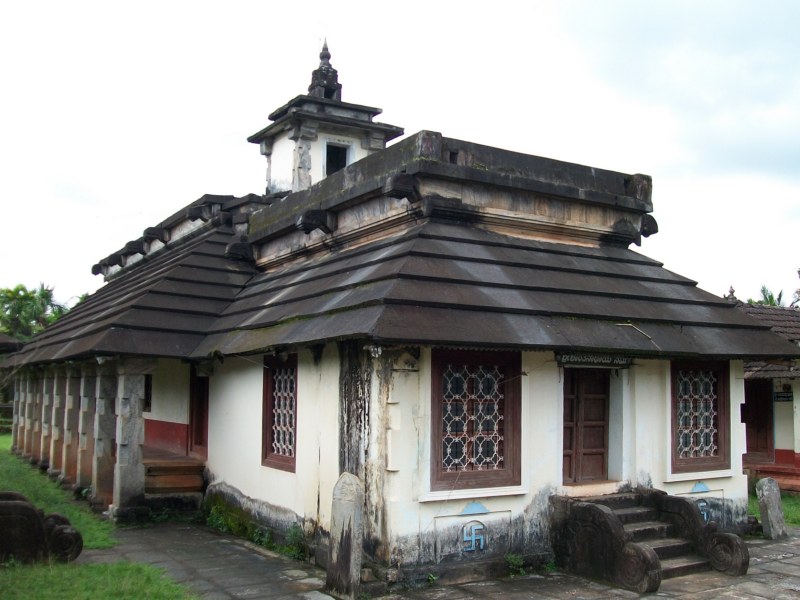
Śāntinātha-temple of Kallu-basadi complex
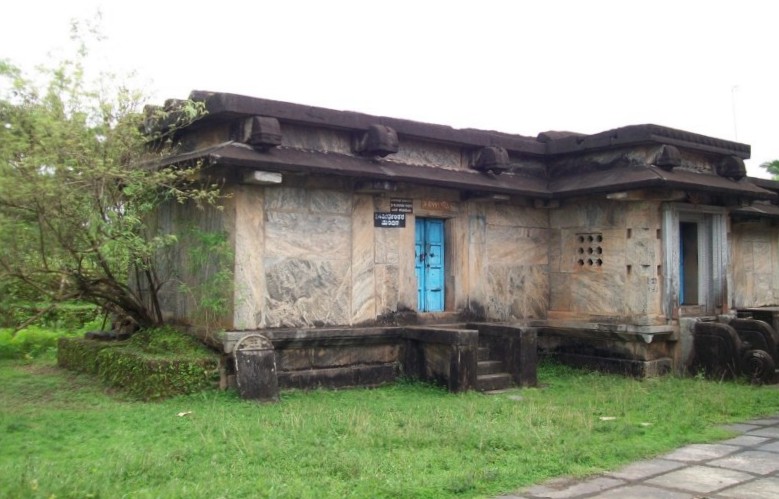
Tīrthaṅkara-temple of Kulla-basadi complex
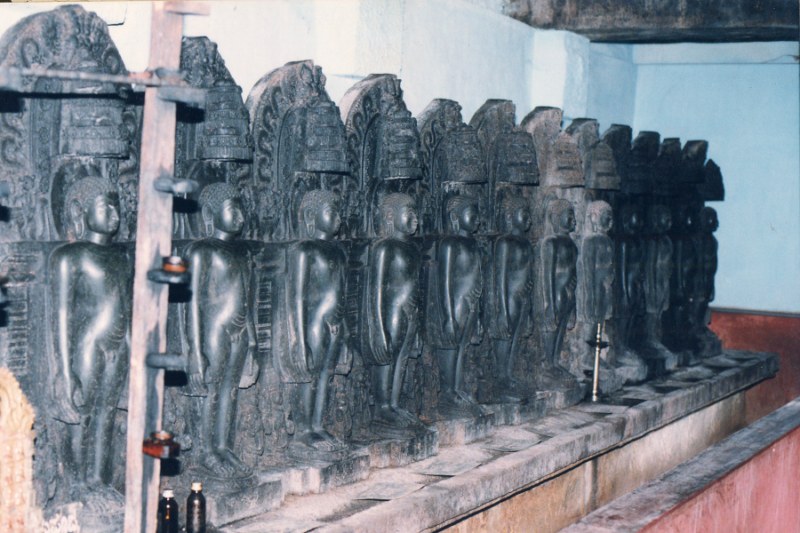
Stone images of 24 Tīrthaṅkaras in the Tīrthaṅkara-temple of Kulla-basadi complex
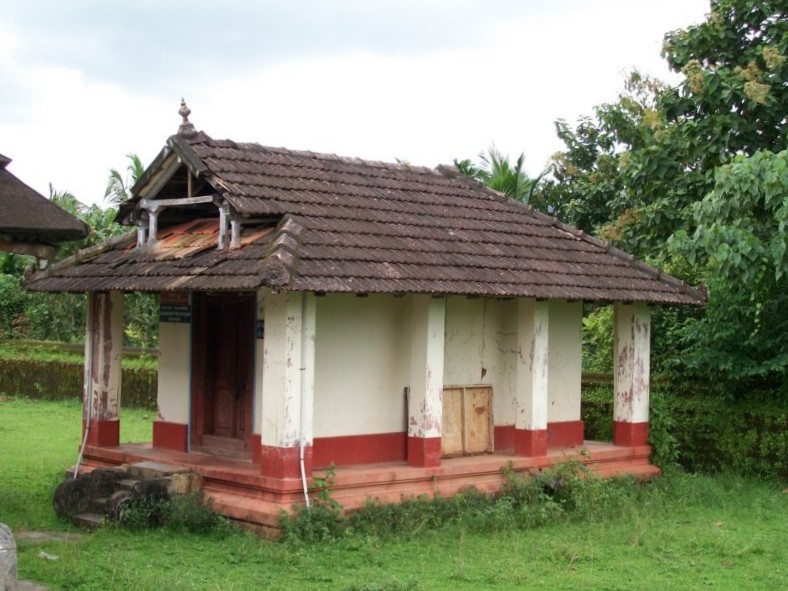
Ṛṣabhanātha-temple (Ādinātha-temple) of Kulla-basadi complex
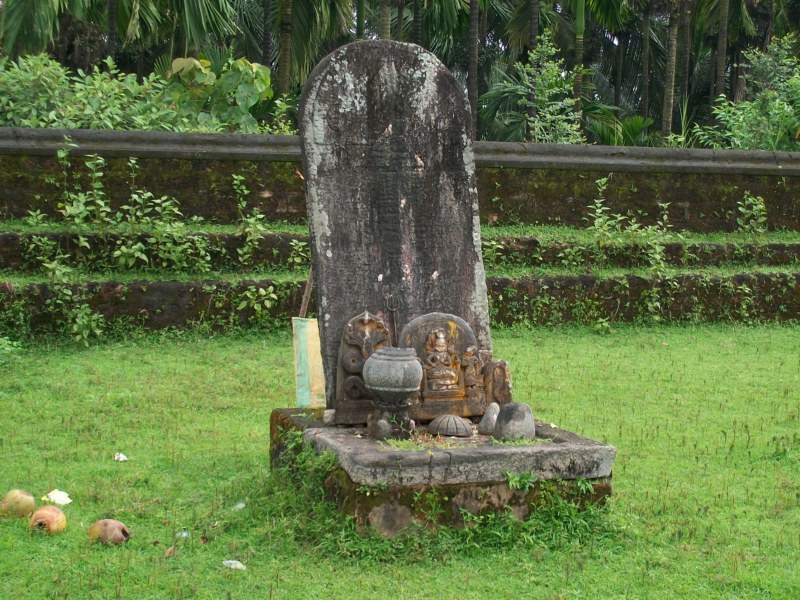
Kṣetrapāla near Ṛṣabhanātha-temple (Ādinātha-temple) of Kulla-basadi complex
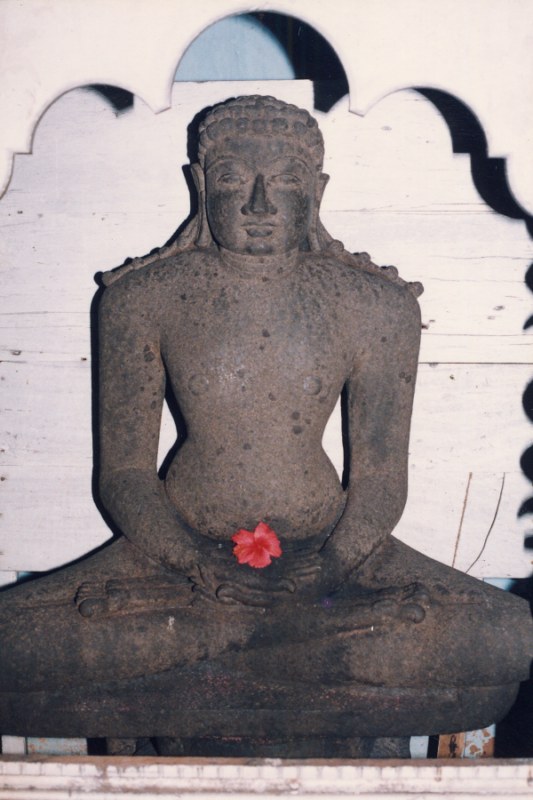
Stone image of Ṛṣabhanātha (Ādinātha)
